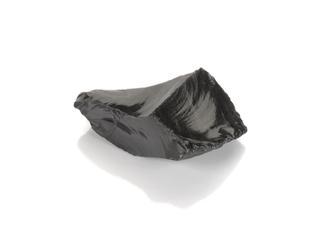
Carbolic steam spray used by Joseph Lister
- maker:
- David Marr
















Carbolic steam spray used by Lister by D. Marr, English, c. 1867
Imagine you’re working in a large hospital in 1867. A new doctor has just arrived and he’s come to see the first carbolic steam spray in action. He’s never seen it in an operating theatre before. What would you tell him about the principles of using carbolic in surgery?
It’s your job to operate the spray while both you and the new doctor watch Joseph Lister perform the surgery. The patient has an open fracture of the leg – the bone is visible and at risk of infection. Your task is to spray the operating theatre to make the room sterile and germ-free. The way infection spreads is not fully understood, but Lister knows that since he started using carbolic acid fewer patients’ wounds have become infected.
What other precautions is Lister taking, and why are they important? Carbolic soaked bandages are being placed on the wound, the surgical instruments have been cleaned with it, and Lister has washed his hands in carbolic to disinfect them. The whole method is known as antisepsis – preventing infection.
Your job sounds easy, but you’ll soon be enveloped in a yellow mist with a sickeningly sweet, tar-like smell. The spray apparatus is heavy too, weighing around 4.5kg – that’s like holding a baby hippo for the duration of the operation. Will you make a good impression on the new doctor? He has to decide whether the benefits to patients are convincing, and worth braving that pungent yellow mist.
Lister eventually abandoned the spray in 1887 as he found that germs carried on fingers, dressings and the skin of the patient posed a greater danger. The spray also posed a risk as inhaling carbolic acid is harmful to the lungs.
Look closer
Carbolic Steam SprayDetails
- Category:
- Surgery
- Collection:
- Sir Henry Wellcome's Museum Collection
- Object Number:
- A43470
- Measurements:
-
overall: 185 mm x 360 mm x 130 mm, 130 mm, 2.37kg
- type:
- carbolic spray
- credit:
- Brown, A.




